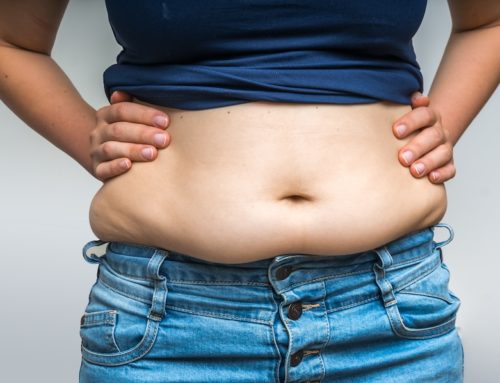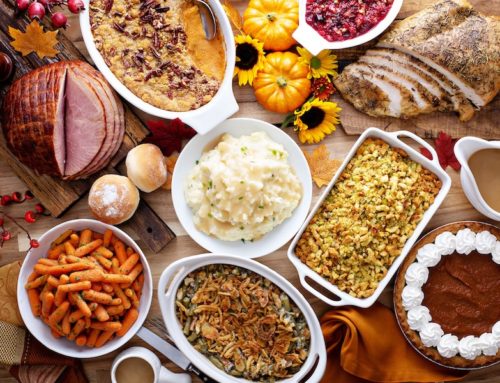The growing popularity of plant-based diets has brought attention to the health benefits of consuming more fruits, vegetables, and whole grains. However, not all plant-based foods are created equal. Recent studies have highlighted a concerning link between the consumption of plant-based ultra-processed foods and an increased risk of cardiovascular disease (CVD). According to the Centers for Disease Control, more than 40 percent of Americans are obese, and many struggle with comorbidities such as Type 2 diabetes, heart disease, and cancer. What is making us so sick? The ultra-processed foods that comprise the bulk of the American diet are among the major culprits.
What is Ultra-processed Foods?
The term ‘ultra-processed foods’ comes from the NOVA food classification system, developed by researchers at the University of São Paulo, Brazil.
Ultra-processed foods often contain high levels of saturated fat, salt, and sugar; when we eat them, we leave less room in our diets for more nutritious foods. It’s also been suggested that the additives in these foods could be responsible for negative health effects.
The actual processing of the food could also affect how our bodies respond to it. Studies have shown, for example, that when foods such as nuts are eaten whole, the body absorbs less of the fat than when the nut is ground down and the oils are released. Another new theory is that diets higher in ultra-processed foods could also affect our gut health.
More research is needed to separate these different elements and understand exactly what about ultra-processed foods could be bad for our health: Is it one of these elements, or is it their combination? It’s also hard to know whether something within the foods is the issue or whether eating a diet high in these foods suggests an overall lifestyle linked to poorer health. However, given most of these foods’ high salt, sugar, and saturated fat content, cutting down does seem sensible.
Unprocessed or minimally processed foods: This includes produce such as fruit, vegetables, milk, fish, pulses, eggs, nuts, and seeds that have no added ingredients and have been little altered from their natural state.
Processed ingredients: This includes foods added to other foods rather than eaten by themselves, such as salt, sugar, and oils.
Processed foods: These are made by combining foods from groups 1 and 2, which are altered in a way that home cooks can do themselves. They include jam, pickles, tinned fruit and vegetables, homemade bread, and cheeses.
Ultra-processed foods: Ultra-processed foods typically have more than one ingredient you never or rarely find in a kitchen. They also include many additives and ingredients not typically used in home cooking, such as preservatives, emulsifiers, sweeteners, and artificial colors and flavors. These foods generally have a long shelf life. Examples of ultra-processed foods include ice cream, ham, sausages, crisps, mass-produced bread, breakfast cereals, biscuits, carbonated drinks, fruit-flavored yogurts, instant soups, and some alcoholic drinks including whisky, gin, and rum.
- Unprocessed or minimally processed foods: Fruit, vegetables, eggs, meat, and grains.
- Processed culinary ingredients: Sugar, salt, butter, lard, oils, vinegar.
- Processed foods: Freshly made, unpackaged bread, tinned fruits and vegetables, salted nuts, ham, bacon, tinned fish and cheese.
- Ultra-processed: Ice cream, ham, sausages, crisps, mass-produced bread, breakfast cereals, biscuits, carbonated drinks, fruit-flavored yogurts, instant soups, and some alcoholic drinks, including whisky, gin, and rum.
Kevin Hall, a senior investigator at the National Institute of Diabetes and Digestive and Kidney Diseases at the NIH, stated that early research into diets rich in ultra-processed foods indicates a strong connection to calorie overconsumption. In a 2019 study conducted by Hall and his team, participants were randomly assigned to follow either an ultra-processed or unprocessed diet for two weeks and then switched to the alternate diet for another two weeks.
“But even though our diets were matched for various key nutrients, we found that people consuming ultra-processed foods ate about 500 calories more per day during the two weeks they were on that diet than the minimally processed diet,” Hall explained. “They gained weight and body fat. Conversely, they spontaneously lost weight and body fat when they were on the minimally processed diet.”
Considering the link between ultra-processed foods and disease, it’s important to transition toward a less processed diet.
- Focus on fruits and vegetables: Fruits and vegetables are ideal unprocessed foods. In addition to providing various nutrients, they also contain powerful antioxidants. Unfortunately, most of us fall short of the recommended five to nine servings of fruits and vegetables daily.
- Scan the ingredient list: Just because the food has packaging doesn’t mean it’s processed. If we turn over that packaging and the ingredients list is a mile long, then it’s likely to be an ultra-processed food.
- Shop for one-ingredient foods: Whether shopping the perimeter of the store for produce, meat, and dairy or the center aisle for rice, beans, and pasta, opt for one-ingredient foods as much as possible.
Stay healthy and eat less processed food to ensure longevity!







